Almaciga Tree (Agathis Philippinensis)
- October 31, 2024
- 0 comment
The Almaciga Tree, scientifically known as Agathis philippinensis, is a majestic and ecologically valuable tree species native to the Philippines and Southeast Asia. This ancient tree is revered for its role in ecosystems, particularly within tropical forests, where it supports both plant and animal biodiversity.

With its towering height and durable resin, the Almaciga Tree is crucial for soil health, wildlife shelter, and maintaining ecological stability in its natural habitats.
What Is an Almaciga Tree?
The Almaciga Tree is part of the Araucariaceae family, a group of evergreen trees that includes some of the most ancient tree species in the world. It is typically a large tree, often reaching heights of over 40 meters, with a straight, smooth trunk and long-lasting, resinous bark.
The bark produces a unique resin known as Manila copal, which is used in various industries, from varnishes to perfumes. This tree can live for hundreds of years, creating long-term ecological stability in its surroundings.
Characteristics:
- Leaves: Almaciga Trees have elongated, leathery leaves with a smooth texture and deep green color. These leaves are arranged in a spiral pattern, creating a unique, aesthetically pleasing appearance.
- Bark: The bark is thick and smooth with a grayish color, producing copious amounts of aromatic resin when cut. This resin is highly valued in commercial applications.
- Flowers and Cones: Although not known for showy flowers, the tree produces cones, which are essential for reproduction.
- Resilience: Almaciga Trees are long-lived and resistant to many natural stresses, although they are vulnerable to illegal logging and habitat loss.
Interesting Facts:
- Soil Health: Almaciga Trees enrich soil by breaking down leaf litter, which replenishes the ground with essential nutrients.
- Lifespan: These trees can live several centuries, playing a stable role in ecosystems over generations.
Different Types of Almaciga Tree Species
While Agathis philippinensis is the primary species in the Philippines, there are several other species within the Agathis genus found throughout the South Pacific and Southeast Asia.
Agathis Australis (New Zealand kauri)
Known for its massive size and historical importance in Maori culture.
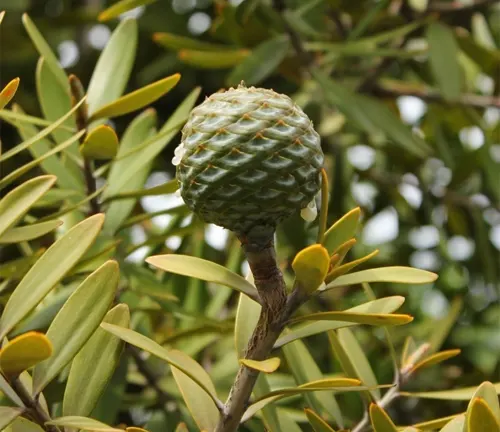
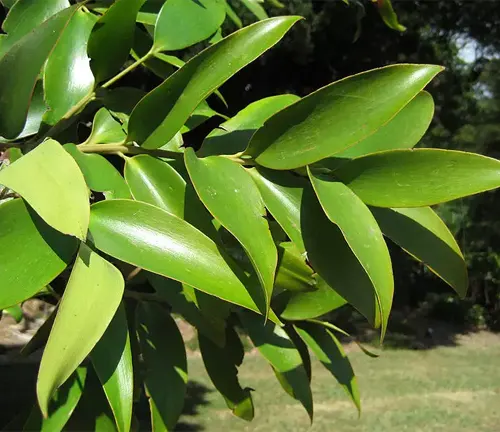
Agathis Robusta (Queensland Kauri)
Found in Australia, valued for its timber and resilience.
Agathis Dammara (Damar Pine)
Commonly found in Indonesia, known for its valuable damar resin.
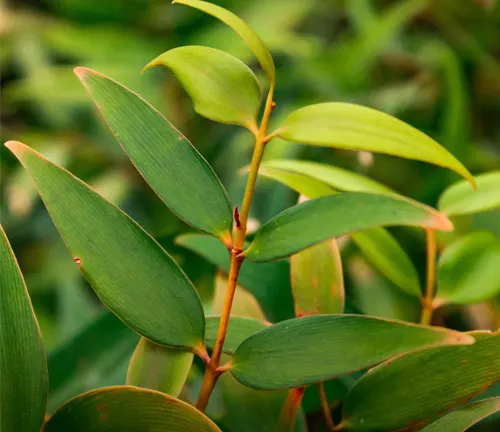
These species vary slightly in height, resilience, and habitat preferences but share a common ecological importance. Each species provides habitat and resources for local wildlife and contributes to soil enrichment.
Where Do Almaciga Trees Grow?
Almaciga Trees thrive in tropical forests, especially in the mountainous regions of the Philippines and other parts of Southeast Asia. They are often found in mixed dipterocarp forests at elevations between 500 to 2,000 meters.
Habitat Distribution and Ecological Role:
- Natural Habitats: Almaciga Trees grow best in moist, tropical environments with high humidity and well-drained soil.
- Geographical Range: Predominantly found in the Philippines but also occurs in other Southeast Asian countries.
- Adaptability: These trees are adapted to thrive in tropical climates and can tolerate varied soil conditions, though they prefer slightly acidic to neutral soil.
In their habitats, Almaciga Trees play a key role in stabilizing soil, which helps prevent erosion. Their dense foliage and expansive roots also create microhabitats that support a diverse range of flora and fauna, contributing to rich biodiversity.
How to Grow and Care for Almaciga Tree
Growing an Almaciga Tree at home or in a botanical garden requires patience and specific conditions due to its slow-growing nature.
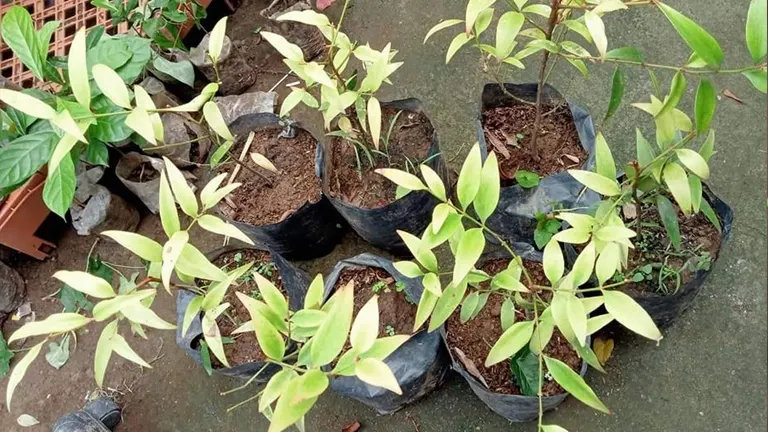
- Soil: Prefers well-drained, slightly acidic soil.
- Sunlight: Requires full sun to partial shade for optimal growth.
- Watering: Needs regular watering but should not be overwatered; soil should remain moist but not soggy.
Propagation and Maintenance:
Almaciga Trees can be propagated from seeds, although germination can take time. Ensure the seeds are fresh and sow them in well-drained soil, maintaining consistent moisture.
- Pruning: Minimal pruning is required, mainly to remove dead or damaged branches.
- Pest and Disease Control: Almaciga Trees are relatively resilient, but they may be susceptible to pests in certain environments. Routine checks can prevent infestation.
Ecological Benefits of Almaciga Tree
Almaciga Trees offer numerous ecological benefits that contribute to forest health and sustainability.
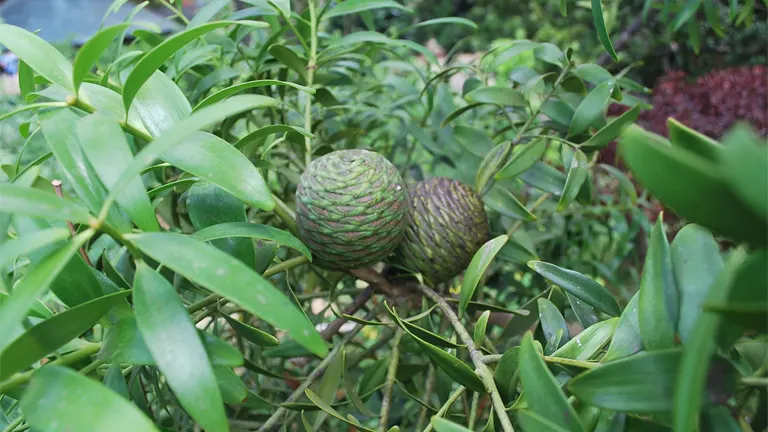
- Soil Health: The decomposing leaves of the Almaciga Tree enrich the soil, which in turn supports other plant species.
- Erosion Control: Its extensive root system stabilizes the soil on slopes and prevents landslides.
- Biodiversity Support: Almaciga Trees create habitats and provide food sources for various animal species, promoting biodiversity.
Almaciga Tree Flowering and Pollination
Although the Almaciga Tree does not produce conspicuous flowers, it produces cones that are essential for its reproductive cycle. These cones release seeds that, under optimal conditions, germinate to produce new trees.
Local wildlife, including birds and small mammals, contribute to the dispersal of Almaciga seeds. By consuming and moving the seeds, they help in natural forest regeneration.
Is Almaciga Tree Drought-Tolerant?
Almaciga Trees are relatively resilient but prefer moist environments. While they can survive brief droughts, prolonged dry conditions may hinder their growth. In areas with limited water, supplementing the tree’s water supply can support its survival and growth.
Almaciga Tree and Wildlife Interactions and Symbiotic Relationships
Almaciga Trees are vital to local wildlife, offering food and shelter to numerous species. Their canopy provides shade and nesting sites, while their seeds and resin attract various insects, birds, and mammals.
Certain animals, like squirrels and birds, rely on Almaciga Trees for shelter and food. In turn, these animals help in seed dispersal, which benefits the forest ecosystem.
Conclusion
The Almaciga Tree (Agathis philippinensis) is more than a tree; it is a pillar of ecological stability and biodiversity. Its contributions to soil health, erosion control, and habitat creation make it an invaluable species in Southeast Asia’s tropical forests. As deforestation and illegal logging threaten these ancient trees, conservation efforts are essential to preserve the Almaciga Tree’s role in sustaining forest ecosystems. Protecting and planting more Almaciga Trees can help ensure a healthier, more resilient environment for generations to come.
Frequently Asked Questions (FAQs)
- What is the Almaciga Tree?
The Almaciga Tree, or Agathis philippinensis, is a large, resin-producing tree native to the Philippines and Southeast Asia. It plays a significant role in supporting forest biodiversity. - Where does the Almaciga Tree naturally grow?
It thrives in tropical mountain forests at elevations between 500 to 2,000 meters, especially in the Philippines, favoring moist, well-drained soils. - What are the key characteristics of the Almaciga Tree?
This tree has thick, gray bark, leathery green leaves, and produces resinous cones. It can reach heights over 40 meters and live for several centuries. - How does the Almaciga Tree benefit the ecosystem?
It prevents soil erosion, enriches the soil with decomposing leaves, and provides shelter and food for many animals, contributing to overall forest health. - Can I grow an Almaciga Tree at home?
Yes, but it requires moist, acidic soil, full to partial sunlight, and regular watering. Propagation is best from seeds, though the tree grows slowly. - Does the Almaciga Tree have any notable interactions with wildlife?
Yes, its seeds and resin attract birds, insects, and small mammals that aid in seed dispersal and pollination, creating a beneficial relationship. - Is the Almaciga Tree drought-tolerant?
It prefers moist environments and can handle brief droughts but may suffer in prolonged dry conditions. - Why is conservation of the Almaciga Tree important?
Protecting the Almaciga Tree is essential for biodiversity and forest health, as it stabilizes soil, supports ecosystems, and offers resources for sustainable uses like resin production.


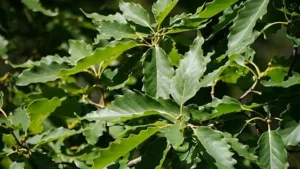
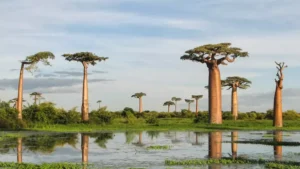


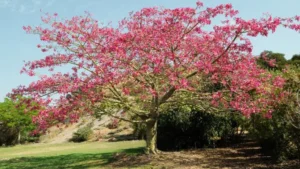


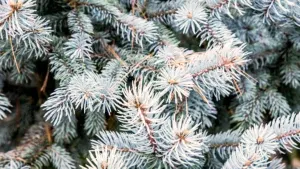
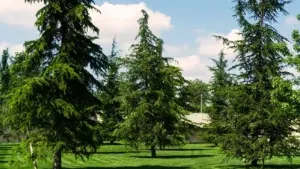
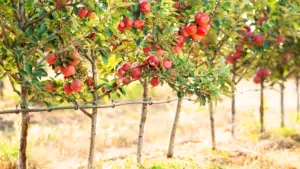
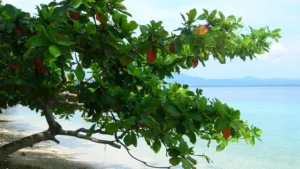
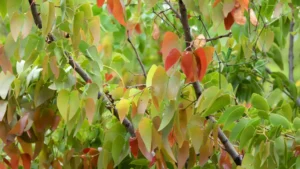
Leave your comment